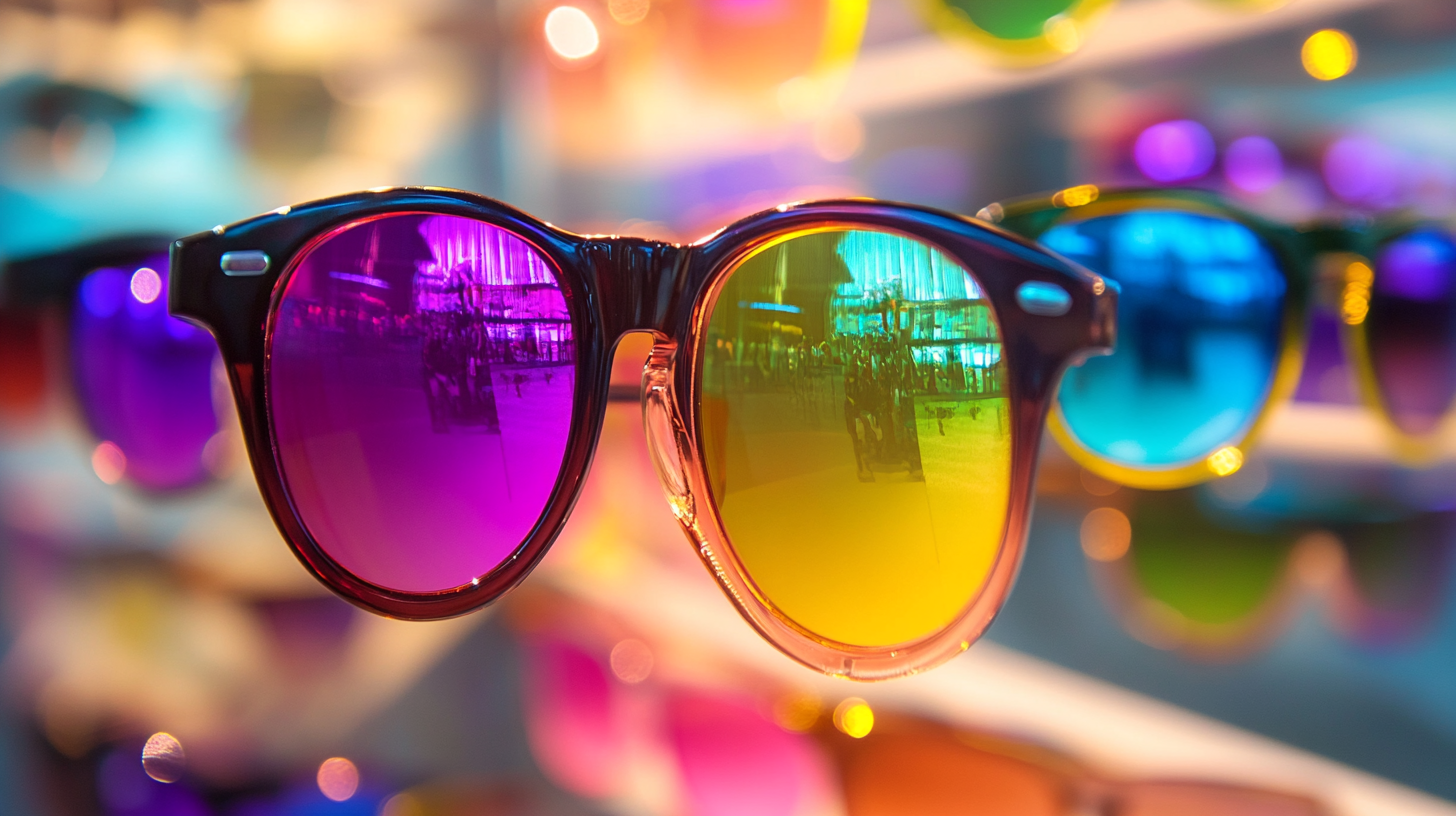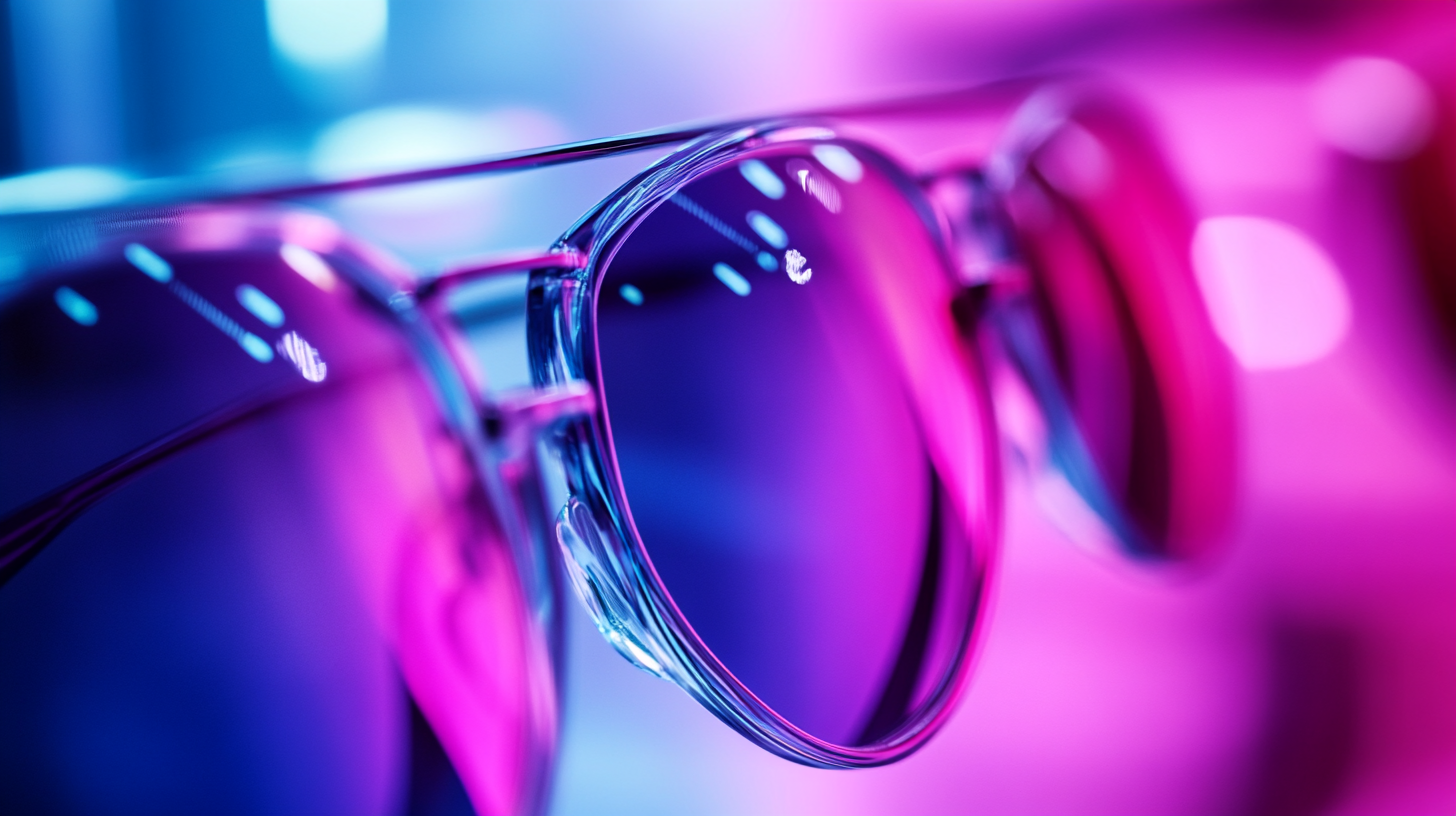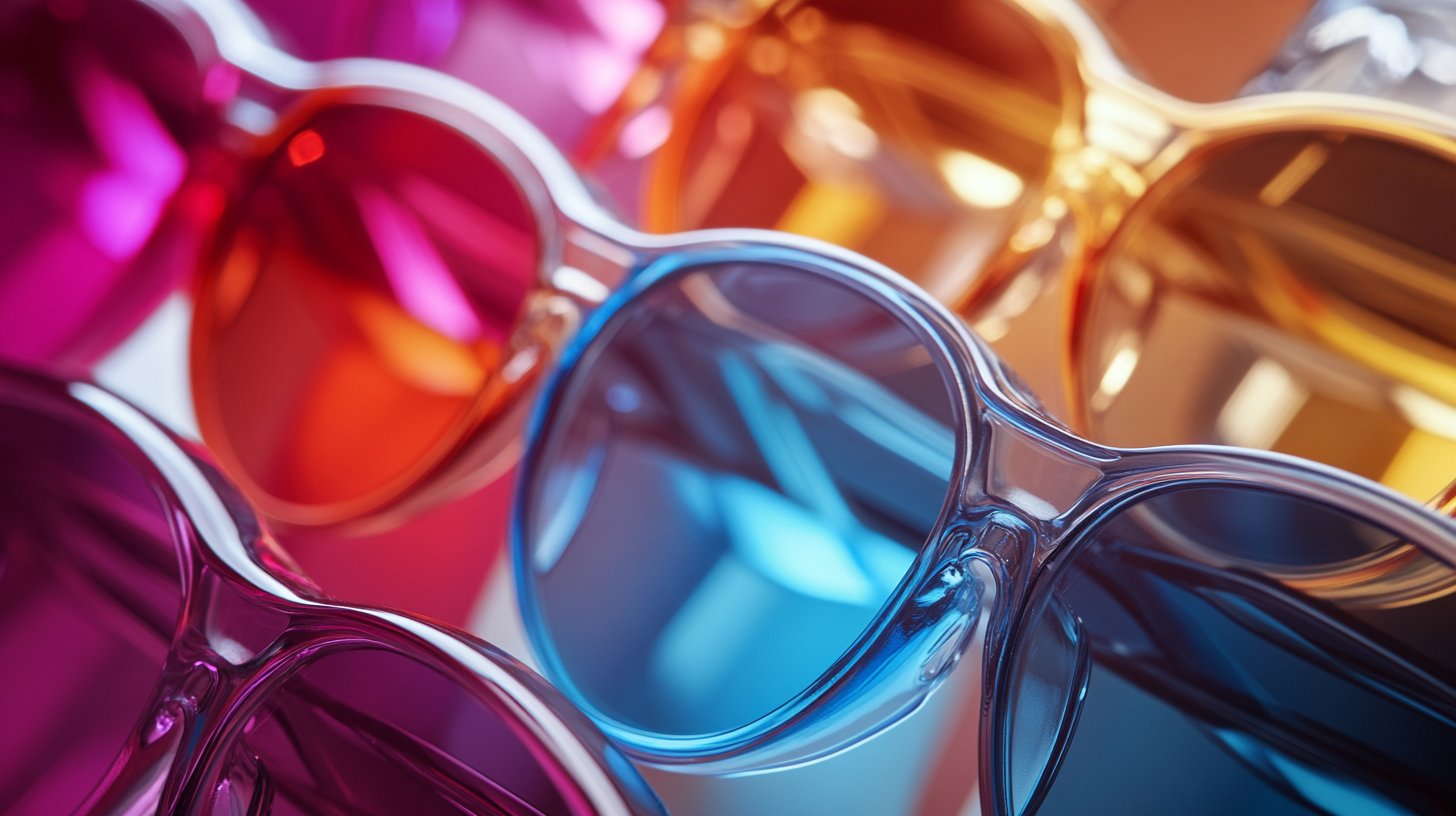The adoption of tinted lenses in modern eyewear presents an intriguing juxtaposition of potential benefits and persistent challenges. According to a 2022 report by the Vision Council, approximately 25% of American adults utilize sunglasses or eyewear with tinted lenses, highlighting their growing popularity for both aesthetic and protective purposes. However, misconceptions about their efficacy in various lighting conditions, coupled with concerns over visibility and style compatibility, impede broader acceptance among consumers. Additionally, a survey by the American Academy of Ophthalmology indicates that only 15% of respondents recognize the potential health benefits of tinted lenses in reducing glare and enhancing contrast. As the eyewear industry evolves with technological advancements and changing consumer preferences, understanding the challenges surrounding tinted lenses is crucial for manufacturers aiming to capitalize on their advantages while addressing the barriers to adoption.

The rising demand for tinted lenses in eyewear reflects a significant shift in consumer preferences. As more people become aware of the benefits these lenses offer, from glare reduction to enhanced visual clarity, the appeal of tinted eyewear is undeniable. This awareness is largely fueled by a growing focus on health and wellness, as well as the increasing trend of outdoor activities where UV protection becomes paramount. Consumers are no longer just seeking functionality; they desire stylish options that also cater to their lifestyle needs.
However, despite this growing demand, challenges remain in the widespread adoption of tinted lenses. Many consumers still hold misconceptions about the effectiveness of tinted lenses for everyday use, believing they are only suitable for specific activities or conditions. Additionally, the perception that tinted lenses are less versatile compared to clear lenses hinders their integration into daily eyewear choices. Manufacturers and retailers must work diligently to educate consumers about the advantages of tinted lenses and showcase innovations that combine functionality with fashion, thereby overcoming the barriers to adoption in the modern eyewear market.

The adoption of tinted lenses in modern eyewear faces numerous challenges, particularly stemming from technical limitations inherent in current lens technology. Recent advancements, such as the introduction of cost-effective methods for fabricating optical Fresnel zone plate lenses, provide exciting opportunities for innovation. However, integrating these technologies into tinted eyewear remains complex. The challenge lies in balancing the aesthetic appeal of tinted lenses with their functional qualities, such as UV protection and visual clarity.
In addition, the emerging trend of smart eyewear, highlighted by brands like Bose and Razer, underscores the necessity for enhanced lens technology. While these smart glasses promise to revolutionize user interaction with technology, practical applications are often hampered by existing lens constraints. For instance, researchers at the Georgia Institute of Technology are working on eyeglasses that can switch to "sunglass mode," showcasing a potential leap forward. However, mainstream acceptance will depend heavily on addressing these technical hurdles and refining the technologies to meet consumers' expectations for both style and performance in tinted eyewear.

The adoption of tinted lenses in modern eyewear is significantly hindered by various regulatory hurdles that impact their approval and use. Regulatory bodies such as the Food and Drug Administration (FDA) in the United States and the European Medicines Agency (EMA) impose stringent guidelines for new eyewear products, particularly those offering enhanced visual features. According to a report by the Vision Council, approximately 42% of consumers express interest in using tinted lenses, yet only a fraction of these options have gained regulatory approval, thereby limiting consumer choices.
Moreover, the criteria set forth by organizations for safety and efficacy can vary widely from one jurisdiction to another. For instance, while tinted lenses may be readily available in one region, they might require extensive clinical trials in another, creating a bottleneck effect for manufacturers. The Optical Laboratories Association (OLA) has indicated that compliance costs can exceed hundreds of thousands of dollars, discouraging smaller companies from entering the tinted lens market. This regulatory complexity not only stifles innovation but also restricts access for consumers seeking specialized eyewear that could enhance their quality of life. Expediting the approval process could pave the way for a broader range of tinted lens options, aligning with the growing consumer demand for advanced visual solutions.
Tinted lenses in fashion eyewear have become a subject of both interest and misunderstanding. While many appreciate their aesthetic appeal, a considerable number still harbor misconceptions about their utility and suitability. For instance, some believe that tinted lenses are only meant for outdoor use, misjudging their effectiveness indoors or in low-light environments. This perception limits their adoption in everyday fashion, as potential users may shy away from incorporating them into their wardrobes.
Moreover, there's a common belief that tinted lenses compromise vision clarity. In reality, modern tinted lenses can enhance contrast and reduce glare, improving visual comfort for many. This misconception often stems from outdated notions and flashy advertisements that prioritize style over substance. As consumers begin to educate themselves about the benefits and advances in lens technology, the stigma surrounding tinted eyewear may begin to dissipate, paving the way for more innovative designs and wider acceptance in fashion. The challenge lies in bridging the gap between perception and reality, and fostering a better understanding of how tinted lenses can complement both personal style and functional needs.
The adoption of tinted lenses in modern eyewear faces unique challenges, significantly influenced by marketing strategies. One critical factor is the growing competition within the optical industry, particularly as the global smart glasses market is projected to expand significantly, estimated to reach approximately USD 1.93 billion by 2024 and growing at a robust CAGR of 27.3% from 2025 to 2030. This rapid growth necessitates a careful approach to marketing that tells a compelling story about the benefits of tinted lenses, such as improved visual comfort and style.
Furthermore, the emphasis on innovative marketing tactics that resonate with consumers is paramount. A well-rounded marketing mix—incorporating product visibility, attractive pricing, strategic placement, and engaging promotion—can enhance consumer awareness and acceptance of tinted lenses. A recent analysis of various brands indicates that when companies focus on effective communication of their product's unique advantages, adoption rates can improve considerably. As organizations pivot towards long-term marketing strategies rather than immediate gratification, the potential for tinted lenses to capture a larger market share becomes increasingly feasible, thus enhancing their presence in the rapidly evolving eyewear landscape.

